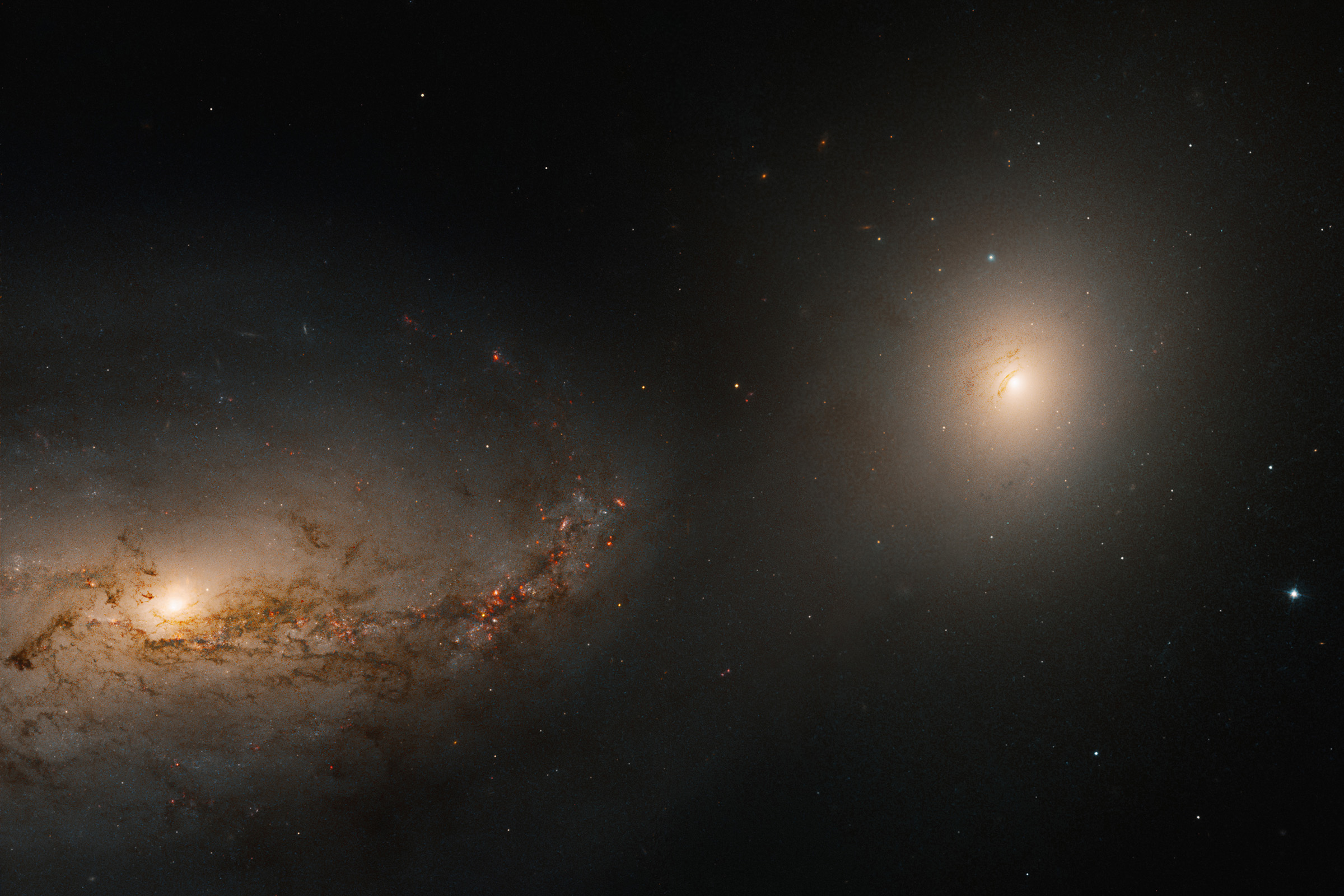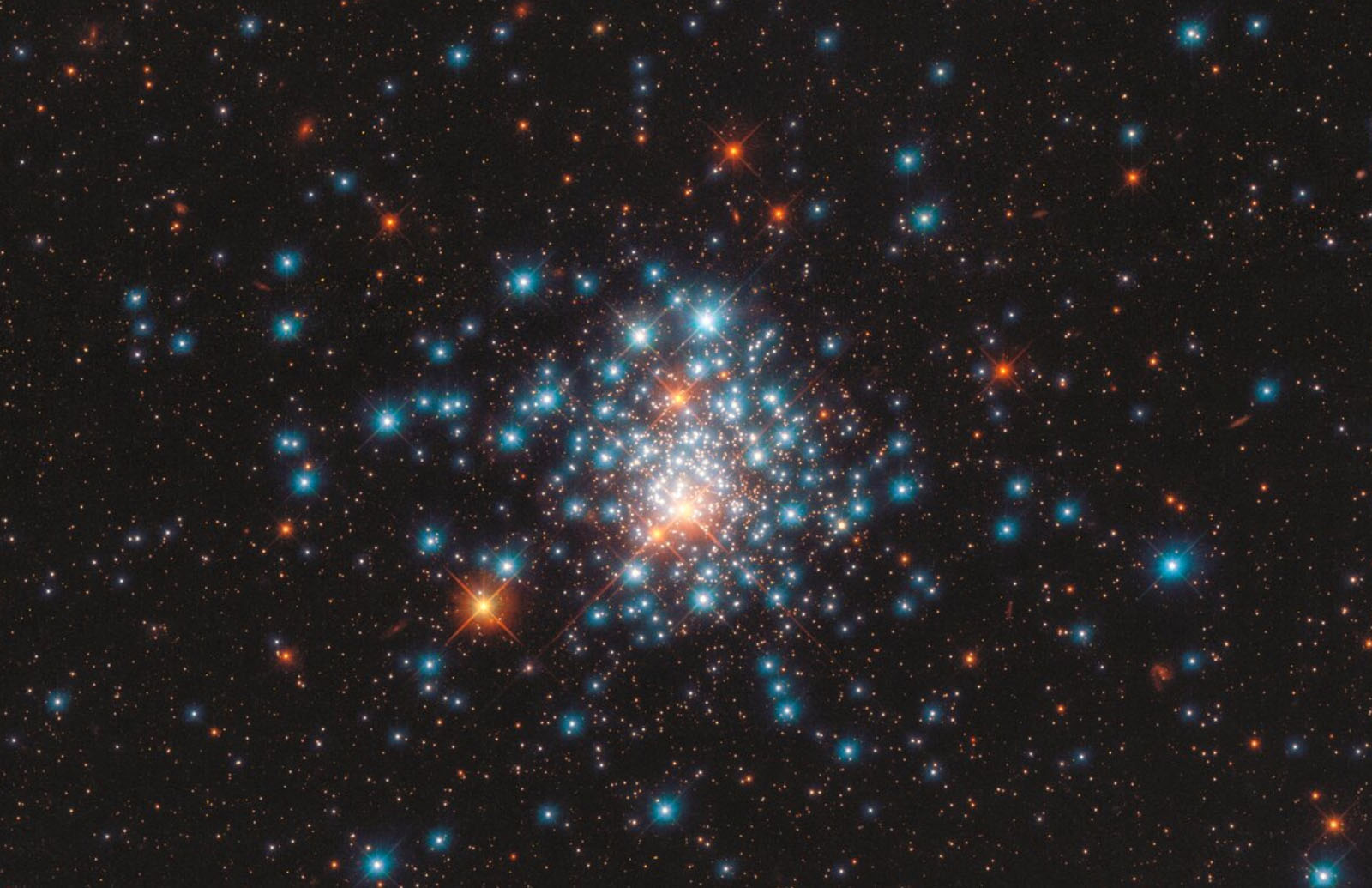Despite the James Webb being in place and set to start observations this summer, Hubble is still going strong. The nearly 30-year-old space telescope recently captured two galaxies locked in a dance. NASA shared the image this week, and space enthusiasts will want to see it for themselves.
Hubble captured two galaxies locked in a dance

The two galaxies pictured in the image above at NGC 3227 and NGC 3226. The duo is more collectively known as Arp 94 and can be found around 50 to 60 million light-years away from Earth. While you can’t see it particularly well in the image, there are faint tidal streams of gas and dust that have the two galaxies locked in a dance with each other.
It’s a spectacular image and just another reminder of how many unique galaxy formations are out there. NASA says Hubble captured the images as part of a study on measuring black hole masses. The idea was to measure the mass of the galaxies’ black holes by observing the dynamics of gas at the center.
You can see Galaxy NGC 3227 on the left. It is a massive spiral galaxy known as a Seyfert galaxy. It, like our own Milky Way galaxy, holds a supermassive black hole at its center. To the right is NGC 3226, an elliptical galaxy that NASA believes previously cannibalized a third galaxy in the area.
Despite the fact these two galaxies are locked in a dance, there is also interest in the formation of stars in NGC 3226.
The confusing science of making stars

Based on everything we know; NASA says that NGC 3226 should be making new stars. That’s because all of the energy and debris from the previous galaxy is feeding directly into it. But, based on a study from 2014, that doesn’t appear to be the case here.
Even those the two galaxies are locked in a dance, and NGC 3226 is feeding off that old energy constantly, its rate of star formation is very low. Instead, it looks like the material that is falling into NGC 3226 is colliding with other galactic gas. As such, NASA says it is quenching the formation of new stars instead of fueling them.
It’s an interesting find, and only raises more questions about how galaxies form new stars. NASA believes that NGC 3226 is currently transitioning from a younger, more active galaxy known as a “blue” galaxy to an older “red” galaxy.
NASA plans to continue studying this “galactic dance” for more clues about the transition from younger to older galaxies. And, people with NASA’s Herschel Science Center believe it could one day begin forming stars again.








